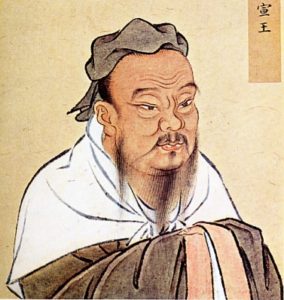
Naruto and Confucius spend a lot of time sitting under the same roof eating cup-o-ramen.
First, I need give you a bit of a refresher. Confucius was a Chinese philosopher that lived 551-479 BCE. His ideas, contained in his Analects, profoundly shaped how both the Chinese and Japanese govern themselves and view their world. His ideas are divided into 2 sections: social and political. His social values centered upon compassion and loving others. This meant avoiding speech and actions that can mislead people and live by the Confucian Golden Rule:
“What you do not wish for yourself, do not do to others.”
Politically, Confucius thought rulers should be rooted in the Golden Rule and the idea of social harmony, called wa.
Okay, with our history lesson out of the way, I need to note that most Japanese students read the Analects and are introduced to Confucian values pretty early in their schooling. So they will recognize Confucius in manga and anime pretty quickly. While most of us in here in the West are lucky to hear about the Analects in college. Of course, we tend to read our own Western equivalents.
Naruto is a good example for how Confucius is found in many manga and anime series. For those who don’t know the series, Naruto is an orphan and a troublemaker who wants to become the best ninja in the Hidden Leaf Village. He craves attention and often causes trouble. To top it off, he is shunned by the village because a dangerous Nine-Tailed Fox was sealed inside him when he was a baby; the Fox killed a lot of people and pretty much leveled the village.
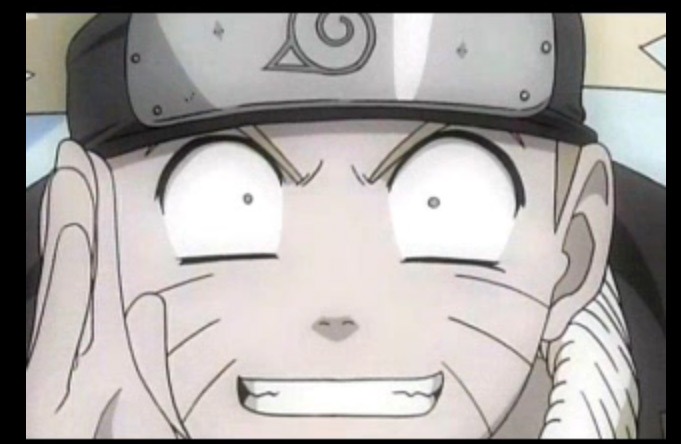
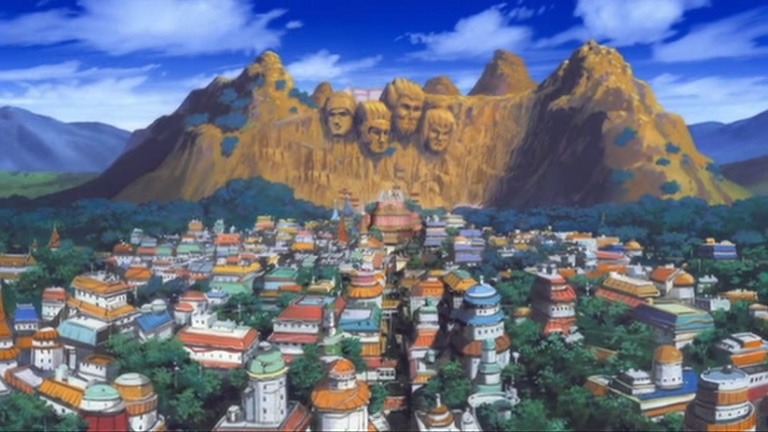

It is very similar to what Confucius actually wrote:
“Faced with what is right, to leave it undone shows a lack of courage.” Analects 2:24.
Anime and manga draw quite heavily on philosophy, folklore, myths, and religion. As Westerners we often miss these allusions since we are not exposed to them very often, if at all. Manga and anime are ways to explore different facets of Japanese culture. The trick is knowing what to look for!
What Confucian values have you seen in other anime?
References
Born, Christopher. (2009). In the Footsteps of the Master: Confucian Values in Anime and Manga. ASIANetwork Exchange. 17[1]. p. 39-53.
Lewis, Catherine. (1995). The Roots of Japanese Educational Achievement: Helping Children Develop Bonds to School. Educational Policy. 9[2]. p 129-152.
Riegal, Jeffery. (2006). Confucius. Stanford Encyclopedia of Philosophy. Retrieved March 18, 2013 from http://plato.stanford.edu/entries/confucius/#ConSoc
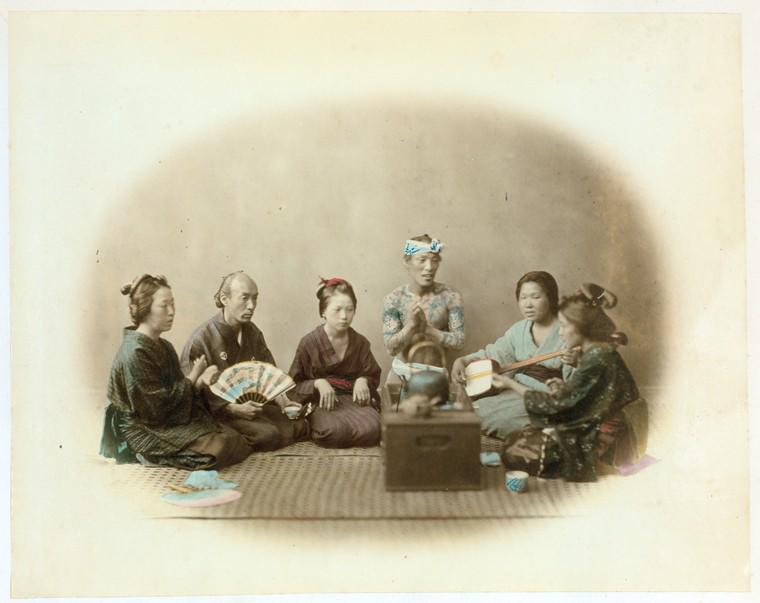

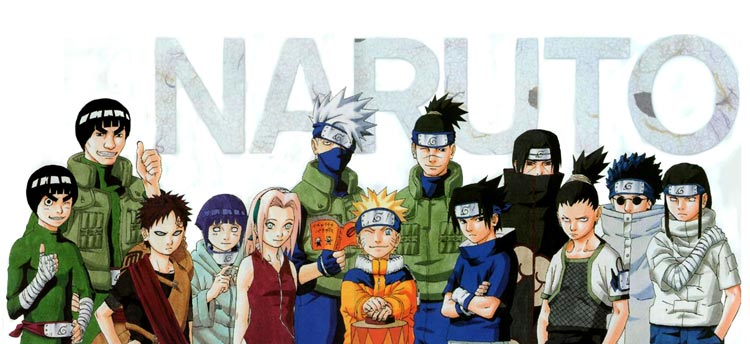
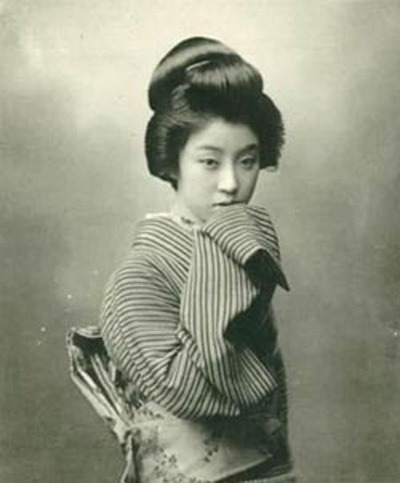
6 thoughts on “Naruto and Confucius in the Hidden Shonen Village”